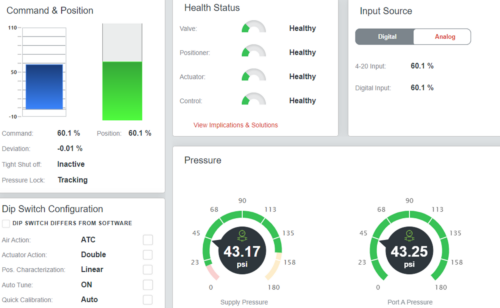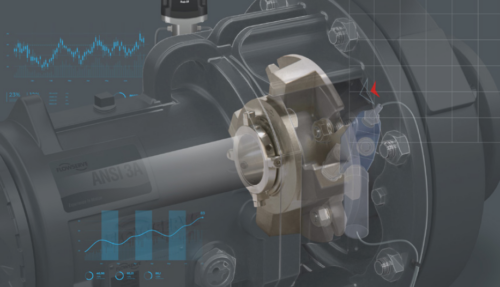2014 Best Practices
Mastering the fundamentals means looking at all of the small things you can do to get better at your craft. In manufacturing, we call these Best Practices.
In the days before football became a pass-happy, wide-open game played on artificial surfaces, the game was summed up for many in one phrase: “Three yards, and a cloud of dust.”
In one sense, that’s an arcane concept. If you have the ability to make big plays and gain huge chunks of yards in one play, why not try it? The risk-reward of those big plays is very tempting.
But look closer; the teams that most often succeed with such plays—or succeed in defending them—are the ones who already have mastered the basics of the game. Football, for all its glitz and glamour today, is still based on two fundamental principles: blocking and tackling. If you can’t do those two things well, all the time—ALL the time—you cannot win.
Mastering the fundamentals means looking at all of the small things you can do to get better at your craft. In manufacturing, we call these Best Practices. They are the blocking and tackling of our business. It seems like all they can do is help us get better in small ways. In truth, without these fundamental processes, it’s impossible to get better.
There is never just one change that makes a manufacturing plant better. It’s a continuous process of looking for many incremental changes that, taken together, move a plant forward.
The biggest difference between football and manufacturing is that there is no goal line in manufacturing. The goal each day is to continue to make progress toward productivity, safety, maintenance and efficiency. At the end of every day, the game plan is to make it first down and tomorrow to go.
Here are a few ways to affect change in your plant to get closer to your goal.
Do you have experience and expertise with the topics mentioned in this content? You should consider contributing to our CFE Media editorial team and getting the recognition you and your company deserve. Click here to start this process.






